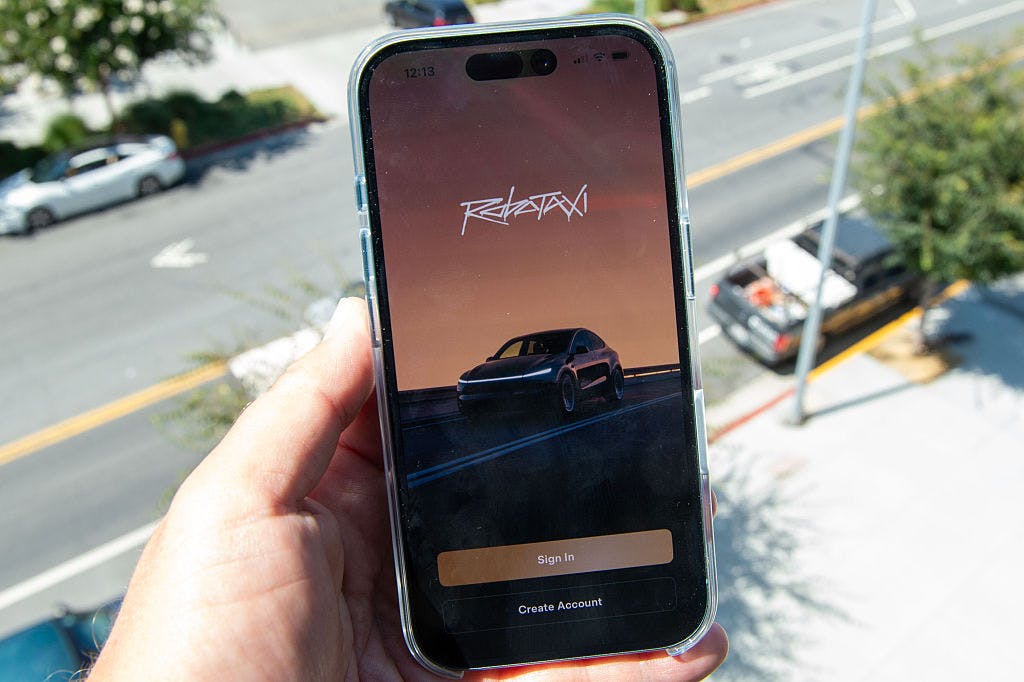Tesla Robotaxi demand outpacing supply in Austin and San Francisco
The service finally became available to the public this week.
Would-be Tesla Robotaxi riders in Austin and the Bay Area are having trouble actually accessing the service, which just became open to the public, instead of invite-only, earlier this week. A number of users are receiving notifications that say, “High service demand. Please come back later,” according to screenshots they’ve sent to us or posted on social media.
When service is available, many are reporting wait times of 40 minutes or more to catch a ride in the autonomous and semi-autonomous vehicles. (They have a safety monitor in the passenger seat in Austin and a driver using supervised Full Self-Driving in the Bay Area.)
Tesla completely nuked the user experience in Austin by making the service public without scaling the fleet proportionally. Not sure what the game plan was here pic.twitter.com/ooHDoLHMjo
— Ethan McKanna (@ethanmckanna) November 20, 2025
It seems demand for the service, whose app briefly neared the top of the App Store rankings when the waitlist became available in September, is outpacing supply.
When Tesla launched its service in Austin this summer, it started out with about 20 vehicles. It has since expanded to the Bay Area, where it operates a service with an unknown number of vehicles that’s more akin to Uber since a person is driving the car. Tesla hasn’t disclosed the current number of vehicles on the road in each market, but CEO Elon Musk recently said he expects there to be 500 in Austin and 1,000 in the Bay Area by the end of the year. For comparison, Google’s Waymo currently has more than 1,000 vehicles in the Bay Area and more than 100 in Austin.
Separately, Musk said on the company’s last earnings call that its Robotaxi service would expand into 8 to 10 markets this year, up from the two it’s currently in. Waymo is operational in five markets and has plans to expand to more than 20 markets.
Read More: Who has the wheel
Tesla’s Robotaxi service area in Austin is about 245 square miles, and in northern California, its coverage spans San Francisco down to San Jose and includes parts of East Bay. For now, however many vehicles it has in service isn’t cutting it.
Of course, scaling up is supposed to be easy for Tesla, whose CEO has repeatedly said much of the company’s existing consumer fleet, which numbers in the millions, could potentially convert to robotaxis at a moment’s notice.
“There are millions of cars out there that, with a software update, become Full Self-Driving cars,” Musk said on Tesla’s recent earnings call.
